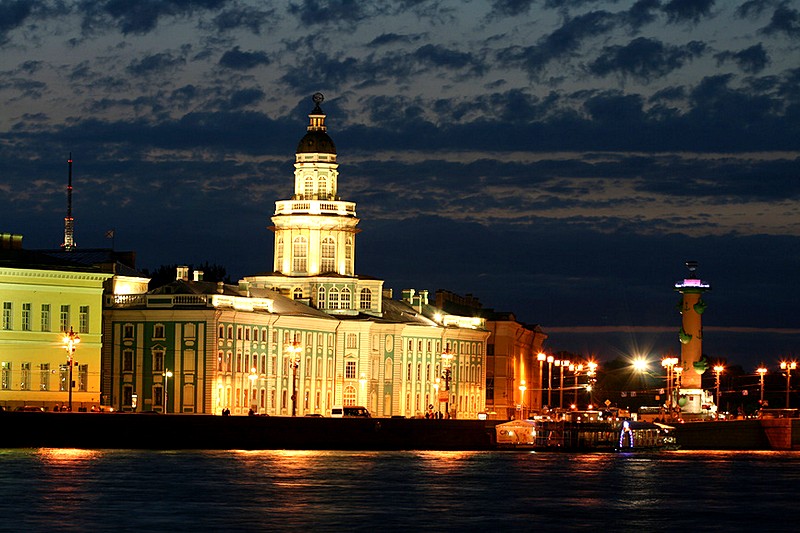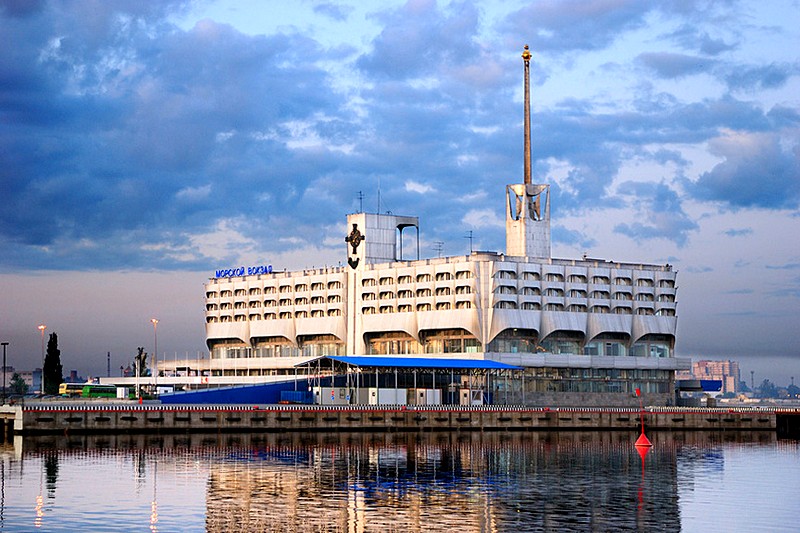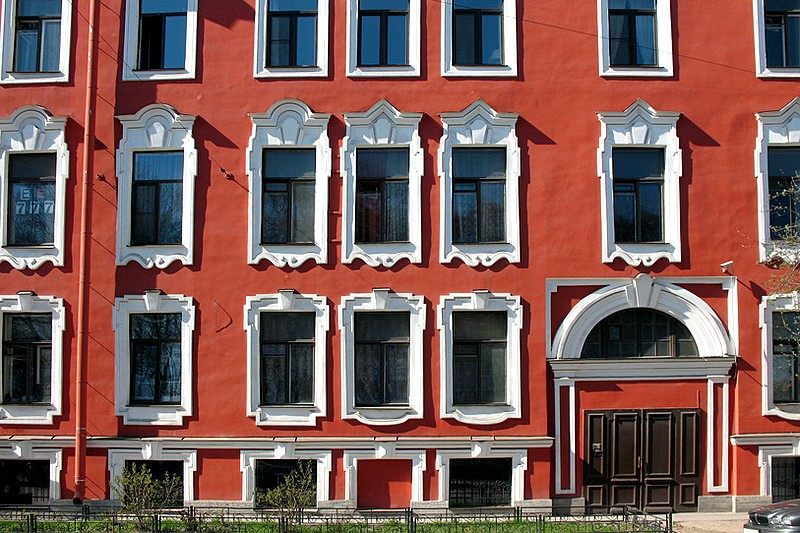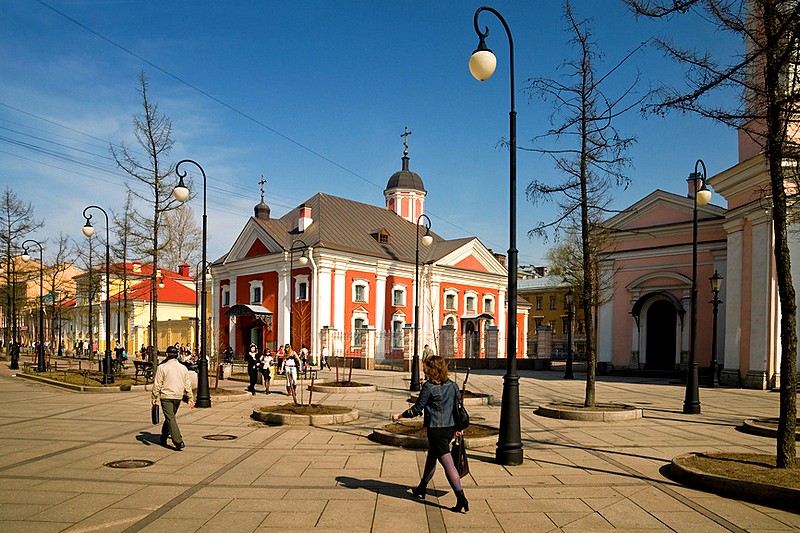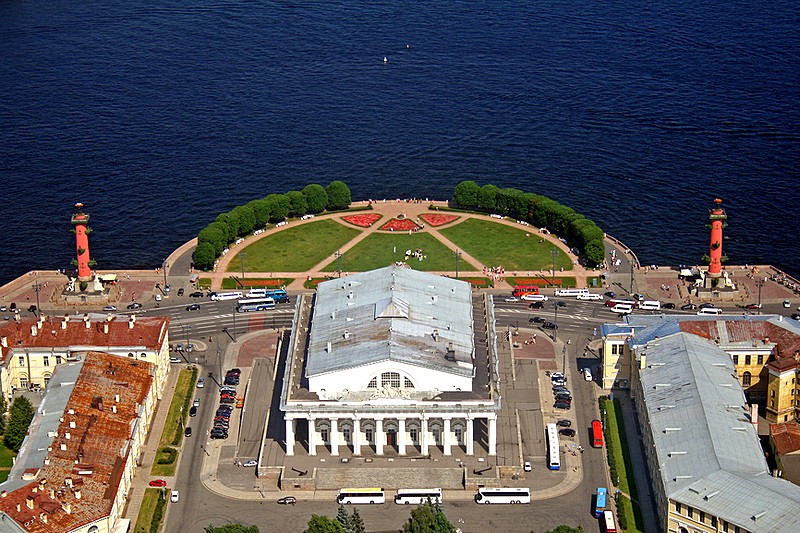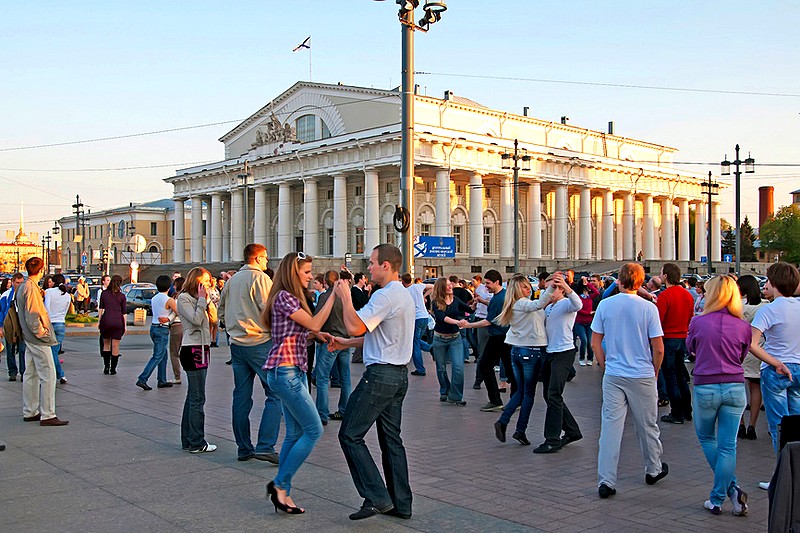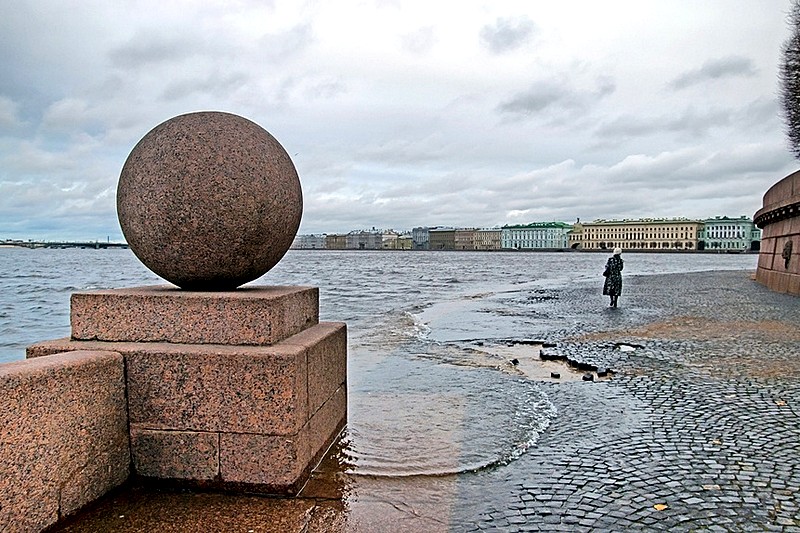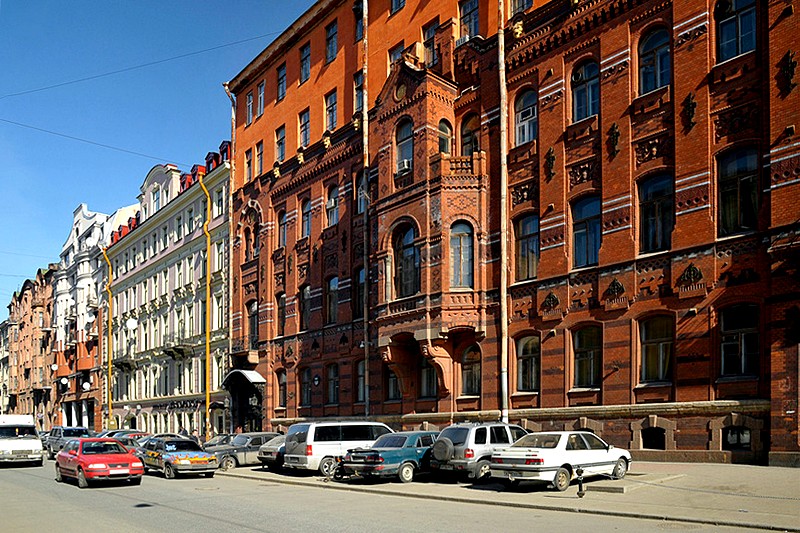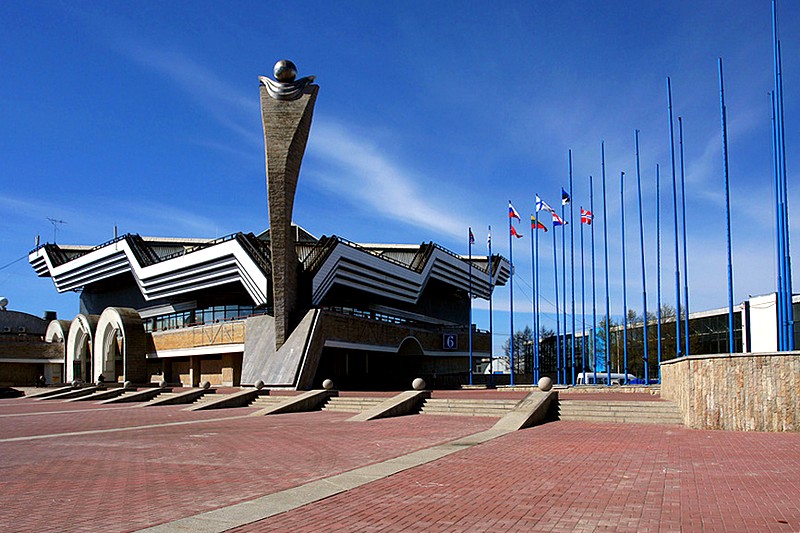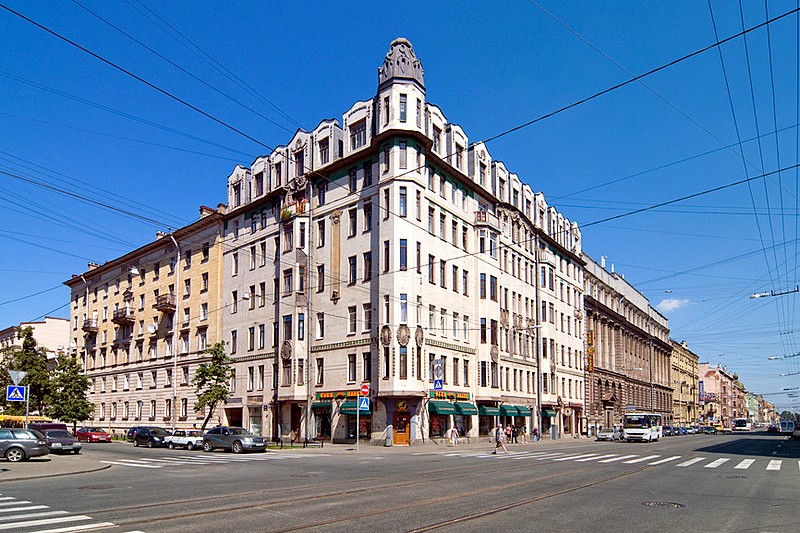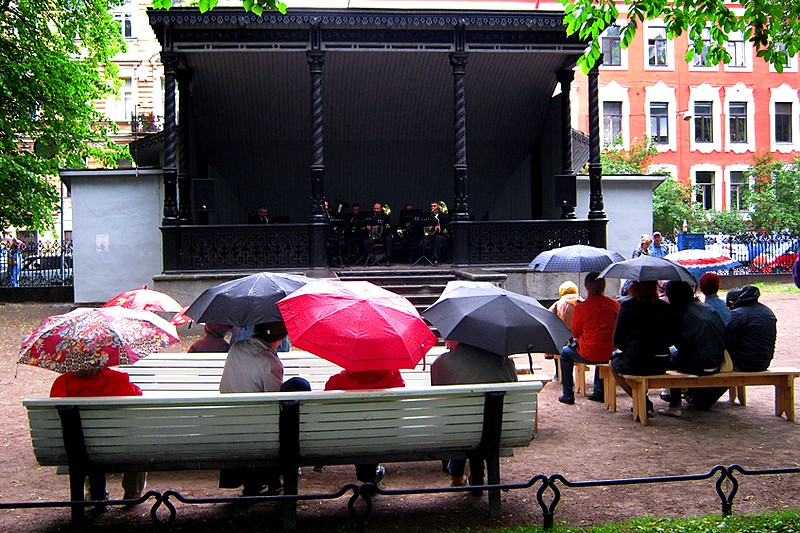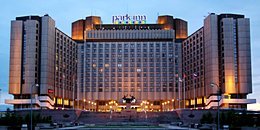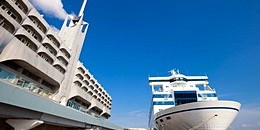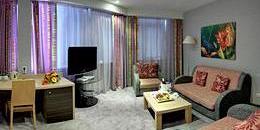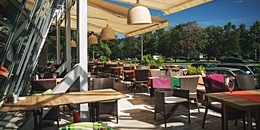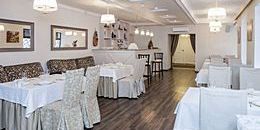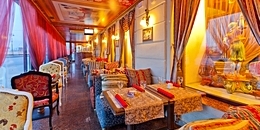Vasilyevsky Island
Vasilyevsky Island, the largest of St. Petersburg's islands, was envisaged by Peter the Great as the center of his new capital, and was the site of several major building projects during his reign. However, its exposed position and the difficulty of providing effective connections to the mainland meant that development on the island slowed under his successors. Nonetheless, the historic district of Vasilyevsky is one of the most beautiful in the city, and the island is home to several of St. Petersburg's greatest institutions, including the prestigious St. Petersburg State University, the Stock Exchange, and - from the Soviet wave of construction on the eastern end of the island - the LenEXPO exhibition center and the Passenger Sea Port.
Long before the founding of St. Petersburg, this island was known by two names, the Finnish Khirvisaari, which translates as Elk Island, and the Russian Vasiliev Ostrov - Vasilii's Island. The Finnish name was probably connected to the large number of elks that inhabited the island in the distant past.
In the first years of St. Petersburg, Vasilyevsky Island was planned as the heart of the city, and Peter forced prominent citizens to settle here, including Grand Prince Alexander Menshikov, the first governor of the city, and Peter's closest confidant. His glorious baroque palace is the oldest stone building on the island, and became the center of the imperial court while Peter delayed building his own official residence. By 1726, Vasilyevsky Ostrov had over 1,000 inhabitants, and had been extensively developed, including a system of canals that formed the basis for the 'lines' - parallel streets that run across the old quarter of the island. Among the buildings established during this period were the Kunstkammer, Peter's ethnographic museum, famous for its embalmed freaks, and the Twelve Colleges, which was built to house the twelve departments of Peter's modern bureaucracy.
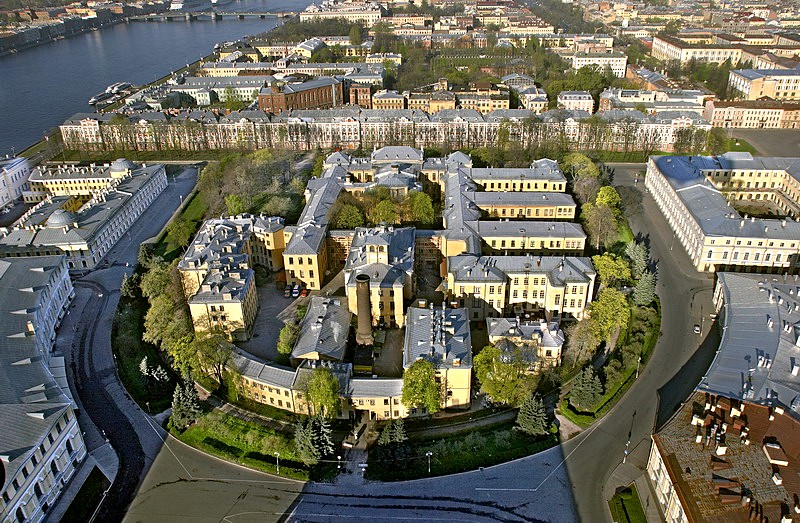
Despite these developments, access to the island continued to prove a problem, exacerbated by Peter's insistence that only sailboats be used as transport - he hoped thus to develop a seafaring populace as a resource for his new navy. Even before Peter's death, the focus for construction had moved across the river. In 1727, when Menshikov was stripped of his wealth and exiled by Peter II, an order was issued to rename the island Preobrazhenskiy - "Transfiguration" - on the basis that the barracks of the Preobrazhenskiy Regiment of Guards were to be moved there. However, the name never stuck, and in due time locals resorted to the older Russian name, which later was adapted grammatically to the current Vasilevskiy Ostrov.
However, while the city's administrative and social centers moved to the opposite bank of the Neva, Vasilyevsky developed as the center of education and intellectual life in St. Petersburg, especially during the reign of Catherine the Great, who shared Peter's interest in Western advancements and took up many of the projects that had been mooted in his reign. Peter's plans for a Russian Academy of Sciences slowly came to fruition, greatly aided by the celebrated polymath Mikhail Lomonosov. The Academy's traditional home was built on the island in the 1780s, just as the Academy of Fine Arts was being completed further west along the island's embankment. The Twelve Colleges, whose function had long been replaced by various ministries across the river, were given over to St. Petersburg University in 1819. Among this prestigious school's most famous alumni are Dmitri Mendeleev, creator of the Periodic Table of Elements, the physiologist Ivan Pavlov, the poet Alexander Blok, and Vladimir Illyich Lenin, who received a degree in Law in 1891. This achievement was matched by Vladimir Putin in 1975, and St. Petersburg State University continues to attract students from all across Russia, with a reputation second only to Moscow State. Unsurprisingly, the University, which has around 20,000 undergraduates, has spread into several nearby buildings, and has come to dominate the area, retaining an atmosphere of erudition, intellectualism and student revelry.
The other major development of the 19th century was the Strelka, the eastern tip of the island that stands right opposite the Winter Palace. An active port for most of the 18th and 19th centuries, the Strelka was transformed between 1805 and 1810 by the French-born architect Thomas de Thomon, who designed the fine neoclassical building that once housed the St. Petersburg Stock Exchange and the Rostral Columns, elegant navigational beacons. The ensemble is one of the most spectacular in the city, and is a popular spot for newlyweds to be photographed.
While the eastern part of the island is one of the oldest areas of the city, with rows of attractive 19th century apartment buildings, especially along the 'lines', and several historic churches, including the Cathedral of St. Andrew, the last Baroque church to be built in the city. The western end of the island, which faces directly onto the Gulf of Finland, is still being developed, and mostly dates from after the Second World War. One of the most popular areas for new housing in the city, it is also home to the Passenger Sea Port, and to the Lenexpo exhibition center.

